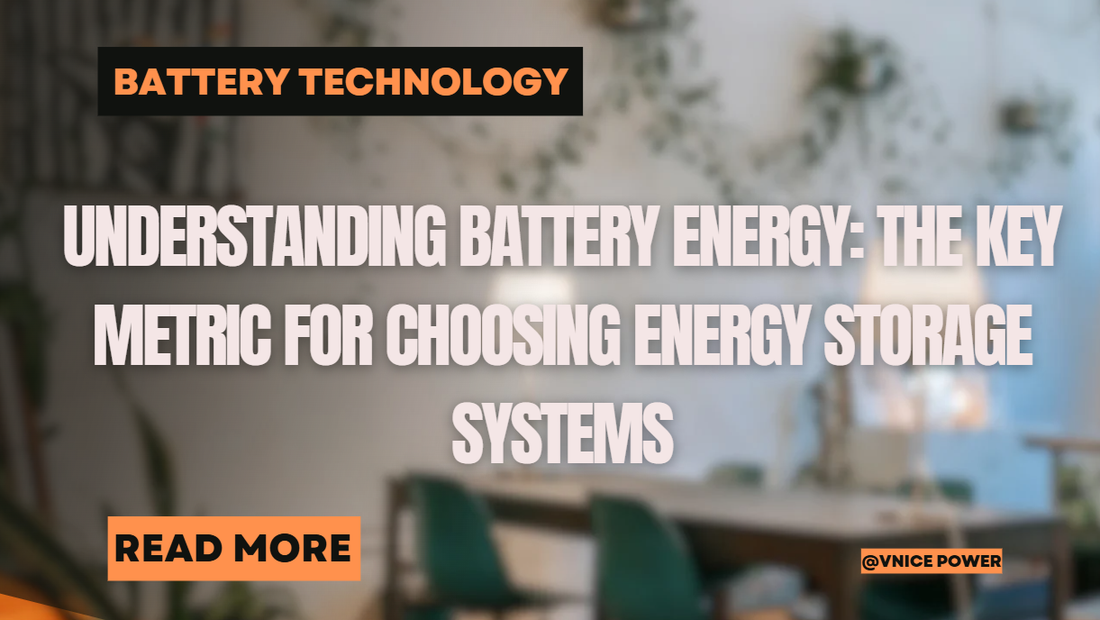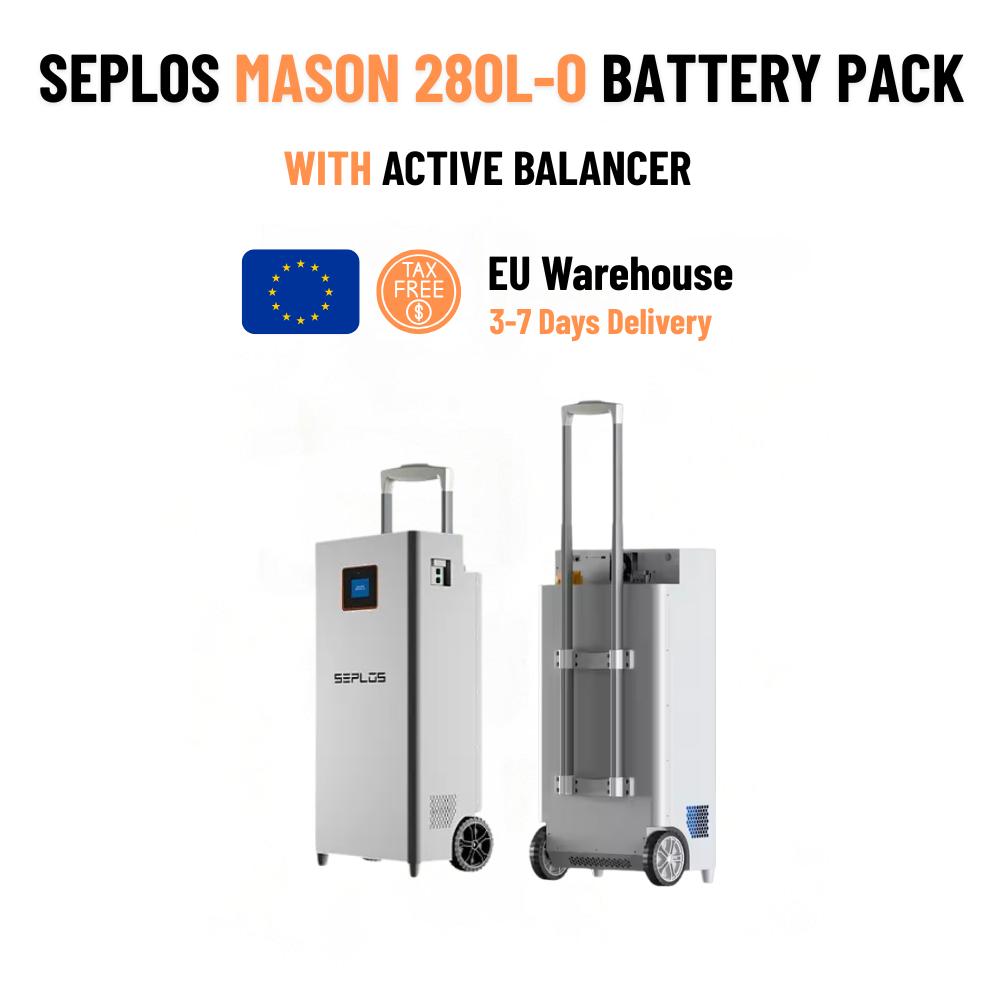
Understanding Battery Energy: The Key Metric for Choosing Energy Storage Systems
When evaluating energy storage solutions, customers often encounter technical specifications like voltage (V), capacity (Ah), and energy (Wh/kWh). While capacity in Ah receives significant attention, the most crucial parameter for determining actual performance is energy measured in kilowatt-hours (kWh). This fundamental understanding separates informed buyers from those who risk selecting underperforming systems.
The Fundamental Energy Calculation
Battery energy represents the actual amount of electricity a system can store and deliver. The calculation follows a straightforward principle:
Energy (Wh) = Voltage (V) × Capacity (Ah)
Consider these practical examples:
- A single 3.2V, 100Ah LiFePO4 cell delivers 320Wh
-
100 such cells assembled into a battery pack create a 32kWh system
This mathematical relationship explains why professional energy storage discussions prioritize kWh ratings over Ah specifications. The industry standard for residential, commercial, and electric vehicle batteries consistently uses kilowatt-hours because it directly correlates with usable energy.
Why Capacity (Ah) Alone Misleads
Many first-time battery purchasers mistakenly equate 100Ah with 100kWh, creating significant misunderstanding about system capabilities. Consider these contrasting scenarios:
- 12V Lead-Acid battery: 100Ah × 12V = 1.2kWh
- 48V LiFePO4 battery: 100Ah × 48V = 4.8kWh
Despite identical Ah ratings, the lithium system stores four times more energy. This dramatic difference demonstrates why kWh provides the only reliable comparison between different battery technologies and configurations.
Theoretical vs. Practical Energy Considerations
Manufacturers specify Rated Energy using nominal voltage and capacity values. However, real-world performance introduces Actual Energy variations due to:
- Dynamic voltage fluctuations during charge/discharge cycles
- Temperature-dependent capacity reduction
- Age-related degradation effects
-
Internal resistance losses
These factors explain why a "100Ah battery" might deliver less runtime than theoretically expected, emphasizing the importance of quality components and robust battery management systems.
Energy Versus Efficiency: Critical Distinction
Understanding two separate concepts prevents disappointment:
- Energy (kWh): Represents the total "fuel tank size" - how much electricity the battery can store
- Efficiency (%): Indicates how much stored energy actually becomes usable output after accounting for conversion losses, self-consumption, and thermal management
High-quality systems like those from VnicePower maintain superior efficiency through advanced battery management and optimized power electronics, ensuring more stored energy becomes usable power.
Chemical Composition Influences Energy Density
Different battery technologies offer varying energy characteristics:
- LiFePO4 (LFP): 3.2V, 100Ah ≈ 320Wh - Excellent safety and cycle life
-
NCM/NCA: 3.6-3.7V, 100Ah ≈ 360-370Wh - Higher energy density
While NCM provides greater energy per unit volume, LiFePO4's superior safety profile and longevity make it the preferred choice for stationary energy storage applications. Modern VnicePower systems leverage LFP chemistry's advantages while optimizing for energy density through sophisticated pack design.
Why System Sizing Demands kWh Measurements
While cell-level discussions might reference Ah, system-level design requires kWh for several reasons:
- Intuitive Understanding: kWh directly corresponds to electricity billing units
- Accurate Comparison: Eliminates voltage-based confusion between different systems
- Proper Sizing: Enables correct matching of energy production, storage, and consumption
Residential systems typically range from 5-20kWh, commercial installations from 100-500kWh, and utility-scale projects reach MWh capacities. This standardized approach ensures clear communication across applications.
Making Informed Battery Selection Decisions
Understanding the hierarchy of battery parameters ensures better purchasing decisions:
- Voltage (V): Electrical pressure potential
- Capacity (Ah): Charge storage capability
-
Energy (kWh): Actual electricity delivery capacity
When evaluating energy storage systems, prioritize kWh ratings over Ah specifications. This approach prevents misleading comparisons and ensures you select systems that genuinely meet your energy requirements.
For homeowners and businesses seeking reliable energy storage, VnicePower offers transparent specifications and expert guidance. Visit https://vnicepower.store/ to explore systems where every kilowatt-hour delivers maximum value through sophisticated design and proven reliability.

